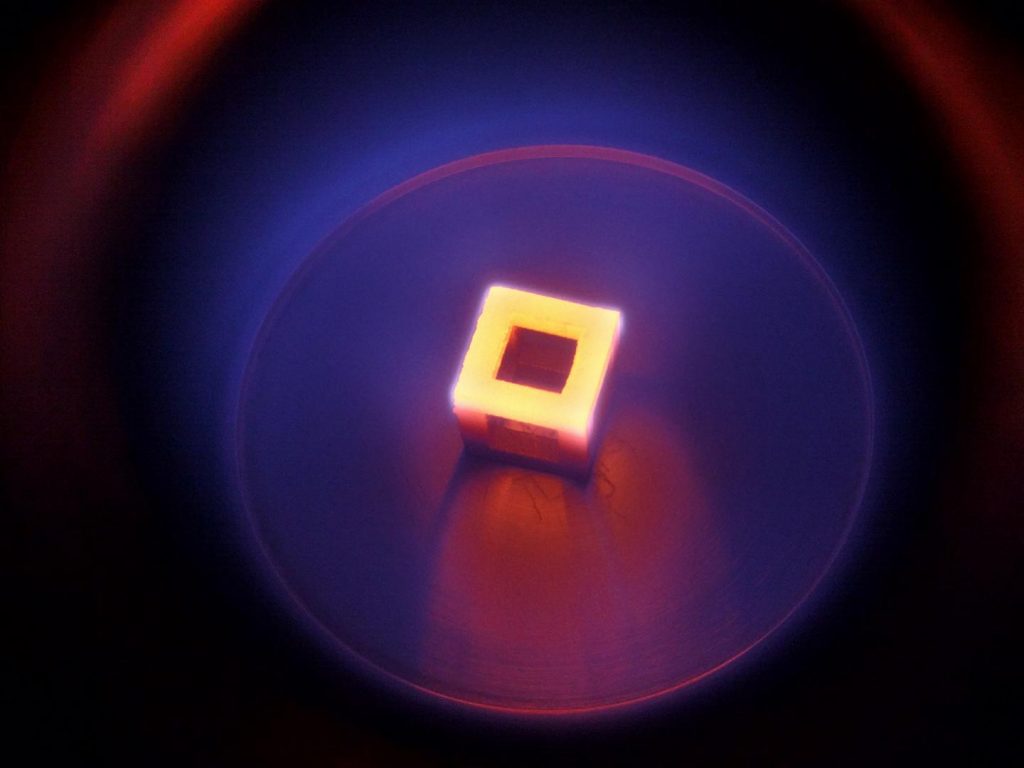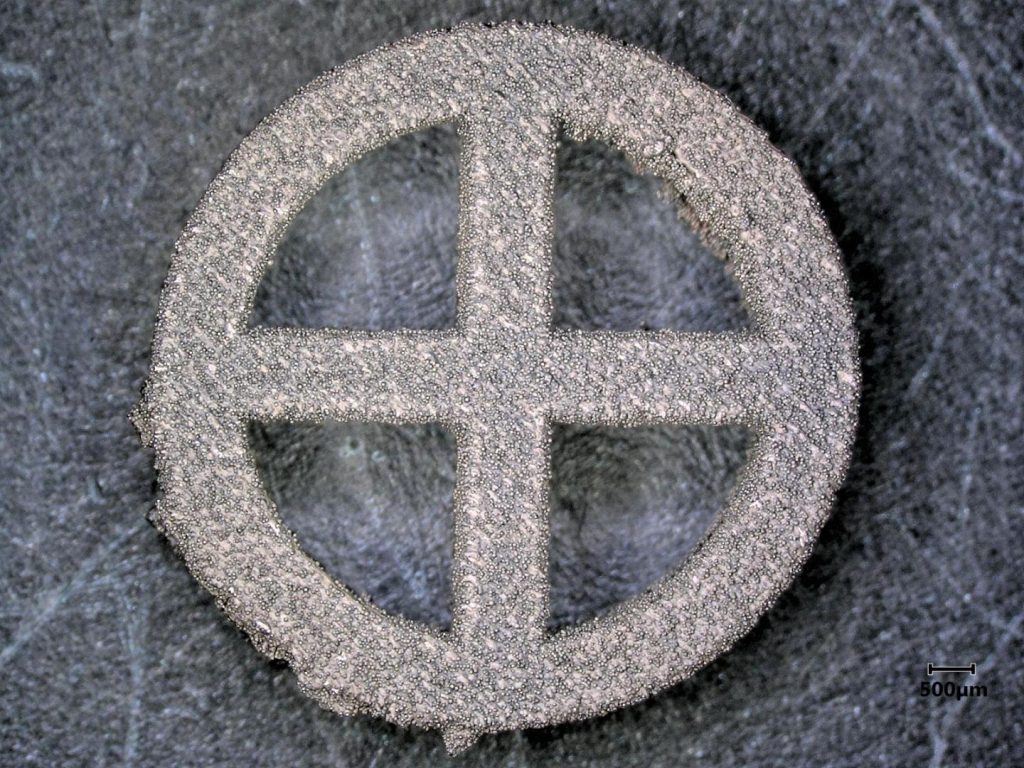3D Printing Industry recently covered a study from researchers at RMIT University, Australia, proving that diamond-coated titanium implants could improve biocompatibility within the body.
Dr. Kate Fox led this research titled “Polycrystalline Diamond Coating of Additively Manufactured Titanium for Biomedical Applications,” which is published in ACS Applied Materials & Interfaces.
A senior lecturer at RMIT’s School of Electrical and Biomedical Engineering, I interviewed Dr. Fox to learn more about the potential of nanodiamond technology and the next steps for her team’s research.

3D Printing Industry: Are nanodiamond coatings exclusive to additively manufactured medical implants?
Dr. Kate Fox, RMIT University: The diamond technology can be applied to substractively manufactured titanium if one so chooses. The 3D printed titanium implants however offer a lot more flexibility towards patient specific implants as the implant can be designed to fit the individual’s needs.
This [3D printed] titanium however, does not interact with the body as well as we would have liked. As a result, the study was to coat the 3D printed titanium with diamond to improve the tissue interface. Now that we can, it opens up the opportunity for customized diamond implants.
3D Printing Industry: One of the main advantages of 3D printing implants is adding porosity and other geometries to promote bone in-growth. Is this coating method successful at reaching into pores/scaffolds?
Dr. Kate Fox, RMIT University: The coating method is able to coat in a line of sight. The diamond does penetrate down the pores but it is necessary to turn the scaffolds in the reactor.
Basically, if the plasma within the chemical vapor deposition (CVD) chamber cannot see the surface, then the surface is not coated. This means the bottom of the pores are coated but coating is limited to 1-2mm on the side walls.

3D Printing Industry: Are there any specific applications that you believe diamond coated implants would work better than uncoated implants? i.e. Are there areas that are particularly challenging to biocompatibility?
Dr. Kate Fox, RMIT University: Biocompatibility is essential for all implants but for these diamond implants we are focusing on implants that will directly interface with hard tissue. Craniofacial, bone screws and bone plates are in our line of sight at the moment.
3D Printing Industry: Now you’ve proved the feasibility of diamond coatings, what is the next step for your research?
Dr. Kate Fox, RMIT University: The next step is to undergo a more comprehensive pre-clinical trial to truly understand the interaction of the implants with bone as well as scale up the technology to larger, more complex implants. And of course, find interested industry partners to share the journey with.
For more exclusive news and interviews subscribe to the 3D Printing Industry newsletter, follow us on Twitter, and like us on Facebook.
Search and post 3D Printing Jobs for new opportunities in academia and industry.
Featured image shows a hollow, 3D printed titanium cube heated for diamond coating. Photo via RMIT University


